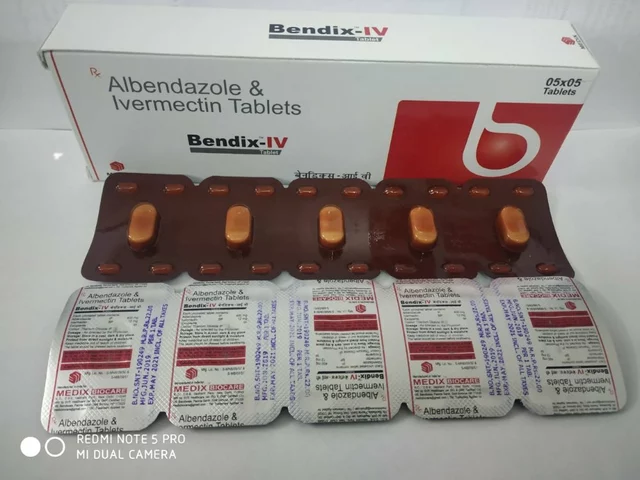Amoebic Dysentery Symptoms: What to Watch For
When dealing with amoebic dysentery symptoms, the signs that appear when the parasite Entamoeba histolytica infects the colon. Also known as amoebic dysentery, this condition can creep up quickly and the clues are often easy to miss. Understanding amoebic dysentery symptoms early is the first step to stopping the illness before it spreads.
The root cause is Entamoeba histolytica, a single‑cell protozoan that lives in contaminated water and food. When the parasite breaches the gut lining, it triggers amoebiasis, the broader disease that includes both intestinal and extra‑intestinal manifestations. In simple terms, the parasite causes the symptoms, and the disease name describes the whole picture.
How to Spot the Warning Signs
Typical signs start with sudden, painful diarrhea that may contain blood or mucus. You might also feel stomach cramps, fever, and a general sense of fatigue. In severe cases, the infection can lead to ulcerations in the colon, causing painful tenesmus – the feeling that you need to pass stool even when the bowels are empty. These clues together form a clear pattern: blood‑stained stool plus abdominal pain points directly to amoebic dysentery symptoms.
But the story doesn’t stop at the gut. Some people develop liver abscesses when the parasite travels through the bloodstream. That extra‑intestinal symptom set – right‑upper‑quadrant pain, night sweats, and a low‑grade fever – signals that the infection has moved beyond the intestines. Recognizing this shift early can make a huge difference in treatment outcomes.
Diagnosis hinges on confirming the parasite’s presence. A stool sample examined under a microscope or tested with antigen detection kits provides direct evidence. In more ambiguous cases, a colonoscopy with biopsies can reveal the characteristic flask‑shaped ulcers caused by Entamoeba histolytica. Imaging studies such as ultrasound or CT scan are essential when a liver abscess is suspected.
Once the infection is confirmed, treatment is straightforward but must be timely. The standard regimen starts with a tissue‑active drug like metronidazole or tinidazole to kill the parasite in the bloodstream and tissues. This is followed by a luminal agent such as paromomycin to eradicate any remaining cysts in the gut and prevent relapse. Together, these drugs address both the symptoms and the underlying cause.
Prevention is equally important. Drinking filtered or boiled water, washing fruits and vegetables thoroughly, and practicing good hand hygiene break the transmission cycle. In regions where amoebiasis is common, public health measures focus on improving sanitation and educating communities about safe food handling.
By now you should see how amoebic dysentery symptoms tie directly to the parasite, the disease process, and the steps needed for diagnosis and treatment. Below you’ll find a curated set of articles that dive deeper into each of these areas – from detailed symptom checklists to practical treatment guides and prevention tips. Keep reading to get the full picture and arm yourself with the knowledge to act fast if you suspect an infection.

Amebiasis in Children: Symptoms, Diagnosis & Effective Treatment
Learn how amebiasis affects kids, recognize key symptoms, get the right diagnosis, and follow proven treatment plans to keep children healthy.
Categories
- Health and Medicine (40)
- Medications (40)
- Health and Wellness (34)
- Online Pharmacy Guides (15)
- Nutrition and Supplements (7)
- Parenting and Family (3)
- Environment and Conservation (2)
- healthcare (1)
- prescription savings (1)
Popular Articles



